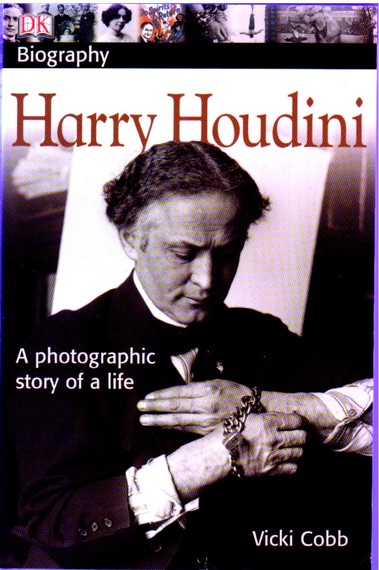I've long believed that if you wait long enough, something close to home winds up on the front page of the New York Times. This was the storyline that recently grabbed my attention: "To Lure Young Readers, Nonfiction Writers Sanitize and Simplify." Personally, I don't think that "sanitizing and simplifying" is what lures young readers. High interest and well-crafted narratives are what draws them in. Sanitizing and simplifying allows publishers to slap a YA label on a book to open up a new market. However, I'm not going to knock a front page piece in the Times that is finally paying attention to the genre I've labored in for 90 books, which has long been in the shadows.

When I do research for a book, I read a LOT of other books on the subject, written for adults and for children. When I find something interesting, I make a note of it so I can find it again. But for the most part I just read and read without taking notes to internalize the information so that when I face the blank screen, finally ready to write, I own the arc of the story I want to tell. When I researched my DK biography of Harry Houdini one of my sources was Kenneth Silverman's 480-page, 2.1-pound definitive biography of the subject. It was of great value to me because I could find a source for the most interesting aspects of Houdini's life. But did my eyes glaze over while reading it? What do you think? Part of my job writing for children is to curate or distill the information I write about so that kids get a big idea of the subject in an uncluttered way. But this is not the same as assuming kids can't comprehend complex ideas and issues.
The best children's nonfiction authors do not focus -- group what they write. They remember the child they were and that's who they write for. Kids giggle about scatological material. Knowing that, author Sarah Albee created a very interesting short piece of nonfiction in her story, frankly titled The King's Butt. It gives an appreciation for the medical history of surgery. The immensely talented illustrator/author Roxie Munro, tells a compelling story about her great-great grandfather in Lemuel's Bridge. Sure, these facts could be told in a few sentences, but think of the doors that such snippets open. The best children's nonfiction authors string together many such paragraphs to create a fuller, compelling narrative in a book. In general, these books will not be as long or as boring as an adult nonfiction book on the same subject. But then, maybe I have a short attention span.
I guess the thing that troubled me most about the Times article was the omission of the primary objective of professional children's nonfiction authors to always honor their readers. We do not make arbitrary assumptions about what kids are capable of understanding. We try to avoid gratuitous violence and ugliness. But when violence and ugliness are inherent to the story, it is included with sensitivity. You'd be surprised at what kids can handle. When it comes to difficult concepts, we work to build scaffolding so that we connect with them where they are and build a bridge to where we're taking them. Our objective is to never overestimate their prior knowledge or underestimate their intelligence.
Jon Meacham's biography of Thomas Jefferson was rewritten by a ghost writer for his book. This bothered Children's Literature Professor Myra Zarnowski in her post "Who's Saying What to Whom?" She felt that it lost a lot of the compelling style of Meacham's adult version. Laura Hillenbrand, however, did not water down her adult book Unbroken for kids. She told the story again keeping her young reader in mind. She wrote it for her 12-year-old self. Although she had mastery of the subject, it took her a year to do this. She is honoring her readers.
When I want to learn something new, I always start by reading a kid's book on the subject. Then my interests shape how I dig deeper. Ultimately, I come to my own take on the material that informs everything I write. When I write for children, I don't write about a subject. I write what interests me about the subject so that it will interest my readers. There's a difference.
If you want some more free samples of excellent children's nonfiction visit The Nonfiction Minute.
